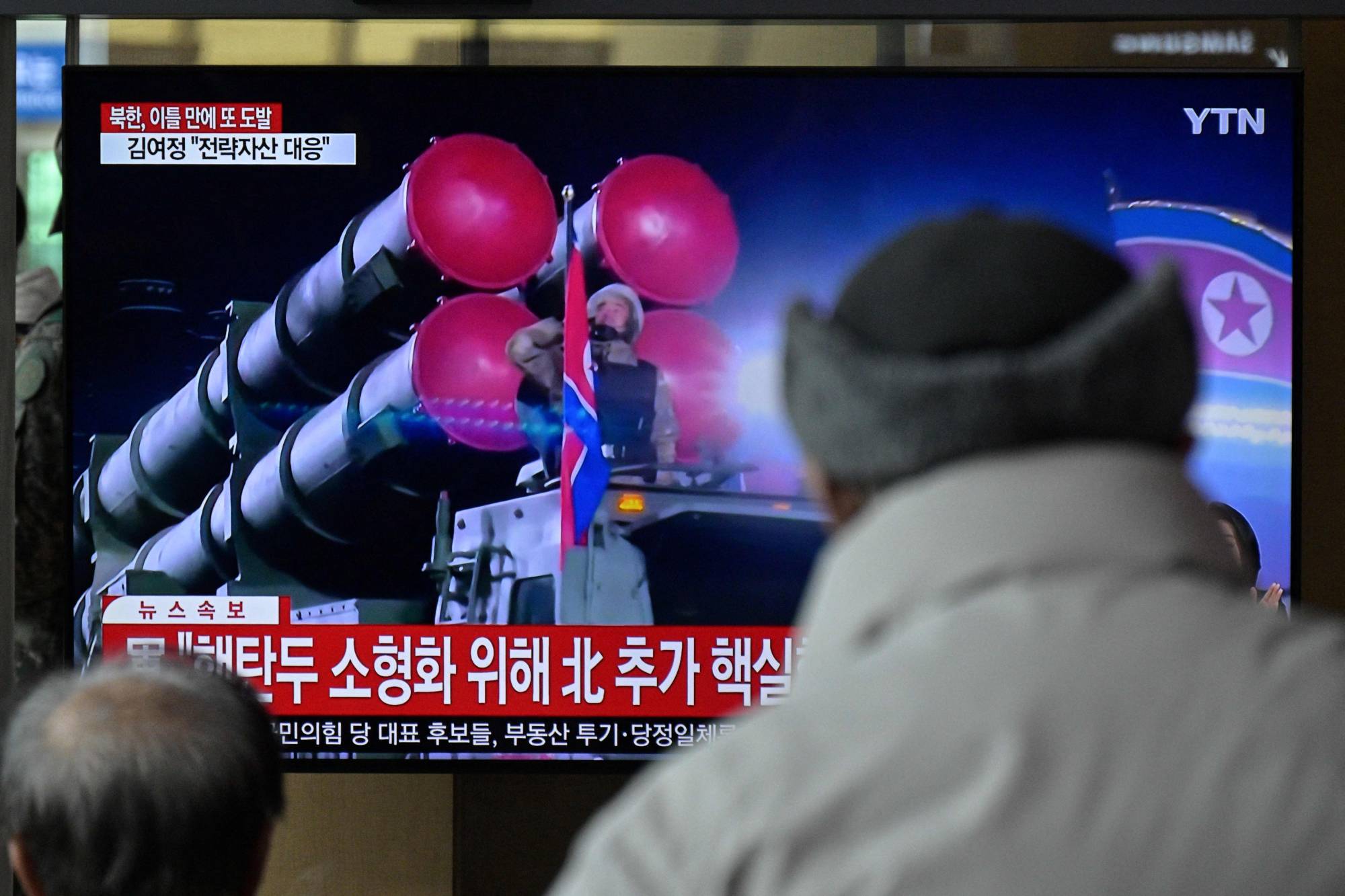North Korea fired off two short-range ballistic missiles on Monday morning, Tokyo said, as the powerful sister of leader Kim Jong Un threatened to turn the Pacific into a “firing range,” two days after the nation sent a long-range weapon into waters off Hokkaido.
Both missiles were believed to have splashed down in the Sea of Japan, outside Japan’s exclusive economic zone, after traveling some 400 km and 350 km, respectively, from North Korea's western coast, the Defense Ministry said.
North Korean state media later confirmed the country had fired two projectiles from a super-large multiple rocket launcher as a means of "tactical nuclear attack" that it said could "reduce to ashes the enemy's operational airfield," the official Korean Central News Agency said.


















With your current subscription plan you can comment on stories. However, before writing your first comment, please create a display name in the Profile section of your subscriber account page.